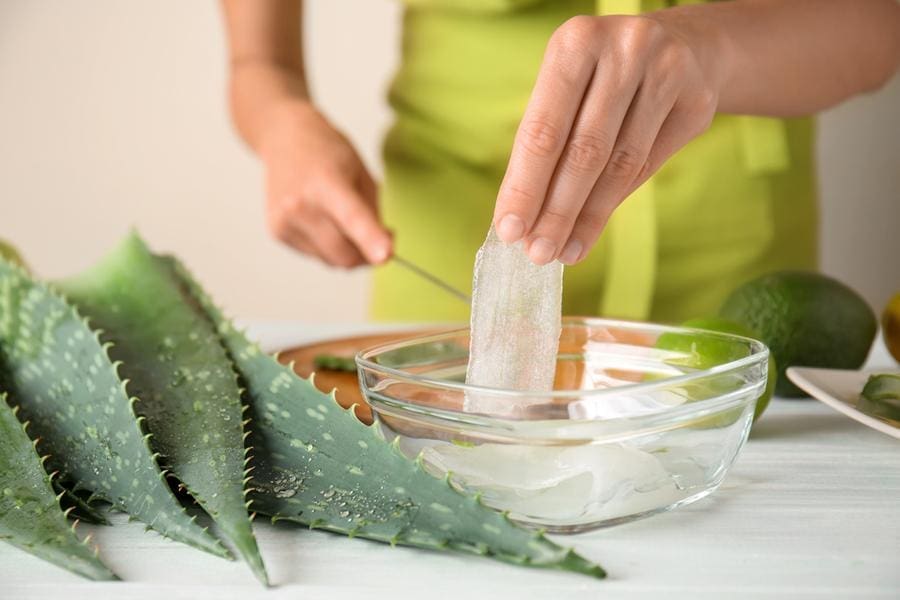Sunburns are serious business. Along with the immediate pain, redness, and touch-free zones that come with sunburn, there’s free-radical damage that can lead to wrinkles long before you should expect them. Sunburns continue developing for at least 12 hours after you are out of the sun. Three or four days could pass before the redness subsides. Recovery will take at least a week to two weeks, and you can expect itching and peeling to accompany natural healing. Dermatologists warn that picking at shedding skin can result in scarring. Even if the itching drives you crazy, don’t scratch.
For fast relief to soothe your tormented skin and promote faster healing, try these remedies.
Drink plenty of water.
Your body loses fluids when it’s overheated. The first thing you need to do after you’ve spent time in the sun or suffered a sunburn is to hydrate. Drink a glass (or 2) of cool water.
Apply a cool compress.
Apply a wet towel or ice pack and put on the sunburned area for 10 to 15 minutes at a time several times a day. Ice will reduce the swelling and lower the temperature of overheated skin, but don’t put uncovered ice against your skin.
Take cool showers or baths.
Cool water will help lower your body temperature to a comfortable level and relieve overheated skin. Use a gentle hydrating cleanser to wash off any sunscreen, sand, and sweat before applying topical sunburn remedies, and definitely don’t scrub.
If showering your burned skin sounds too painful, try an oatmeal bath. The oatmeal will soothe your skin, help heal the skin barrier, and reduce redness.
Try an oral anti-inflammatory.
An over-the-counter oral anti-inflammatory such as aspirin, ibuprofen or naproxen sodium can help relieve the discomfort from swelling.
Follow up with a lightweight lotion.
Applying a cooling lotion to hydrate the burn and speed the healing process will also relieve the pain that comes along with sunburn. Stick with a lightweight formula that won’t seal in the burning sensation.
Skip the butter & balms. Also avoid formulas that contain any additives, colors, fragrances, and numbing agents that could irritate the burn. Reach for antioxidants such as pure aloe vera or try a hydrocortisone cream. A lotion that contains vitamin E will reduce free-radical damage while soothing redness.
Avoid products such as a benzocaine spray, which may irritate skin or cause an allergic reaction.
For a sunburn on your face:
Plain yogurt can work as an anti-inflammatory to offer some relief from tightness and discomfort. Put it on your skin for 15 minutes or until it’s dried, then rinse with lukewarm water. Repeat the application as often as needed.
Try a cooling gel-based mask to quench your thirsty skin. For an extra added measure of relief, place the gel mask in the refrigerator for 30 minutes before you apply it to the skin.
Go to the doctor if:
Blistering covers a large part of your body or the burn doesn’t respond to treatment within two days. Seek medical help if the burn is accompanied by a high fever, extreme pain, headache, confusion, nausea or chills. See your MD if the burned skin shows signs of infection such as increasing pain, tenderness, swelling or yellow drainage.






